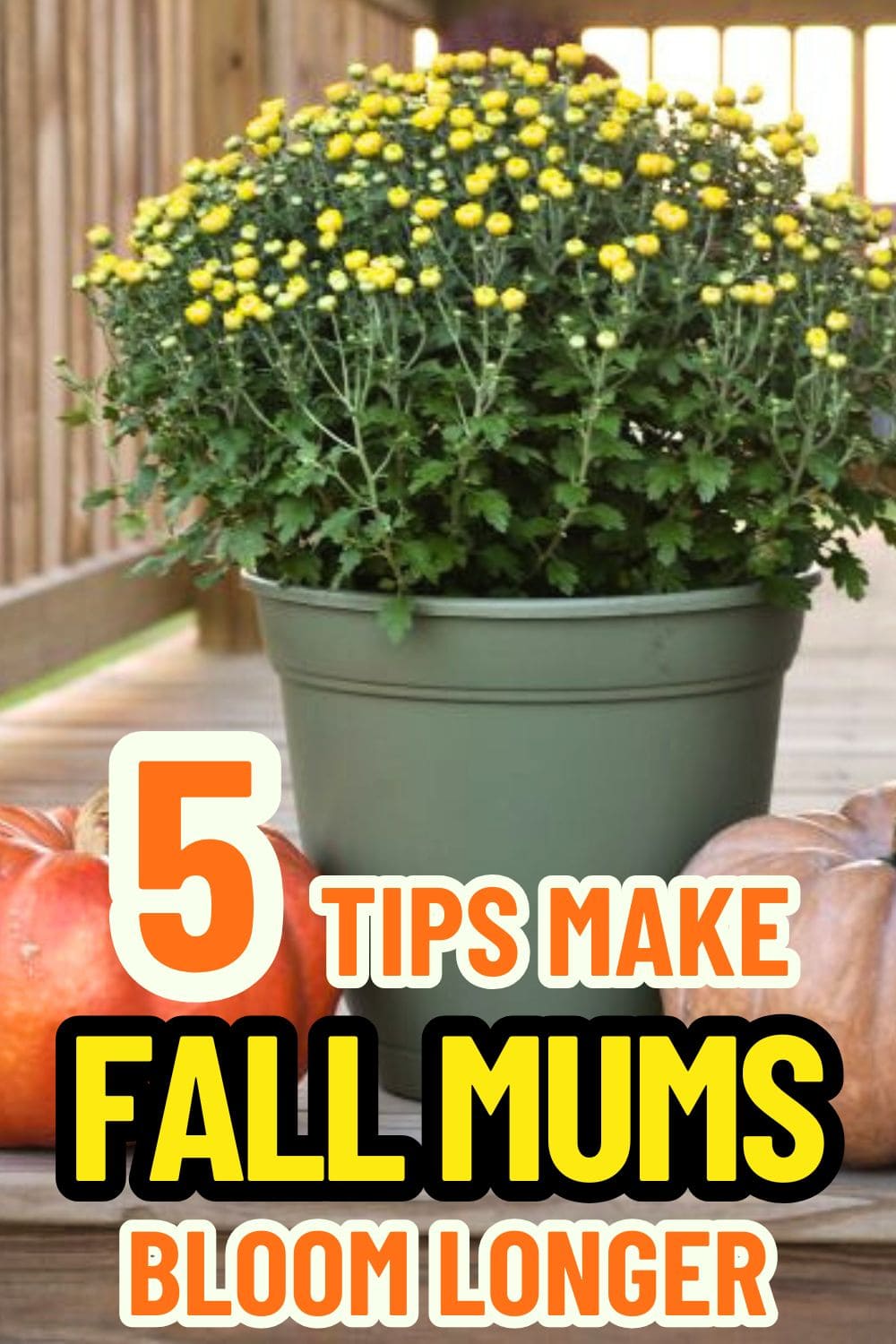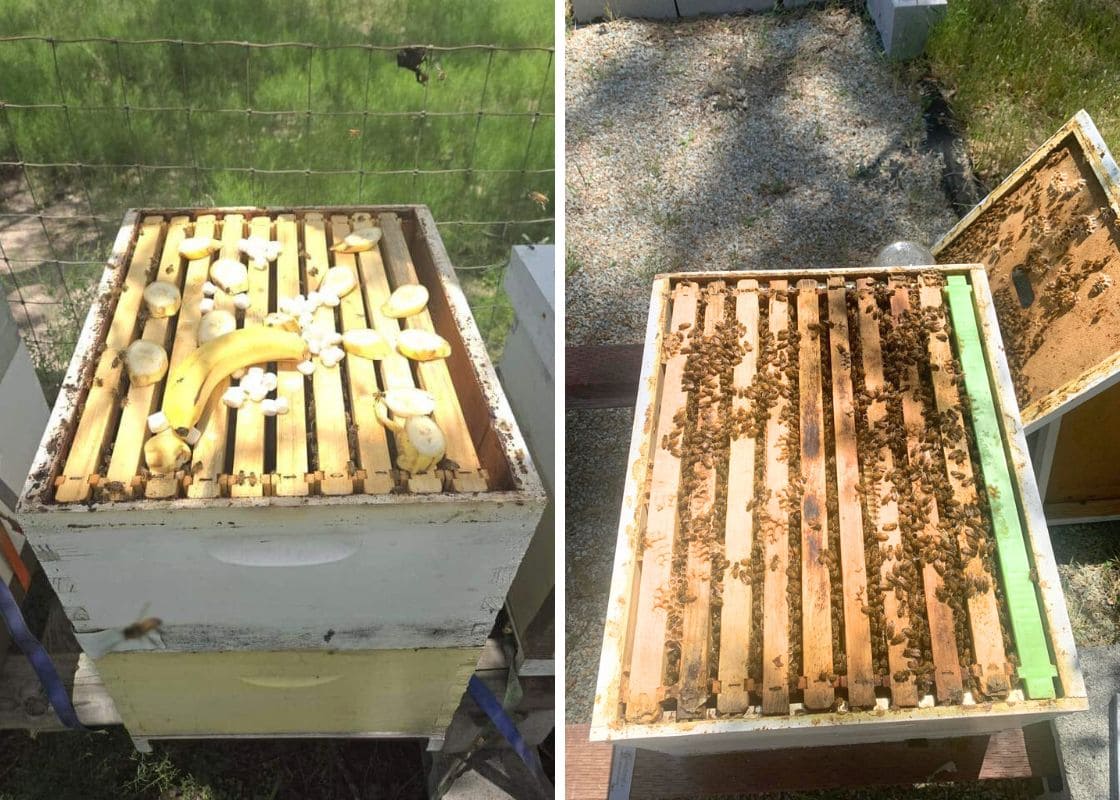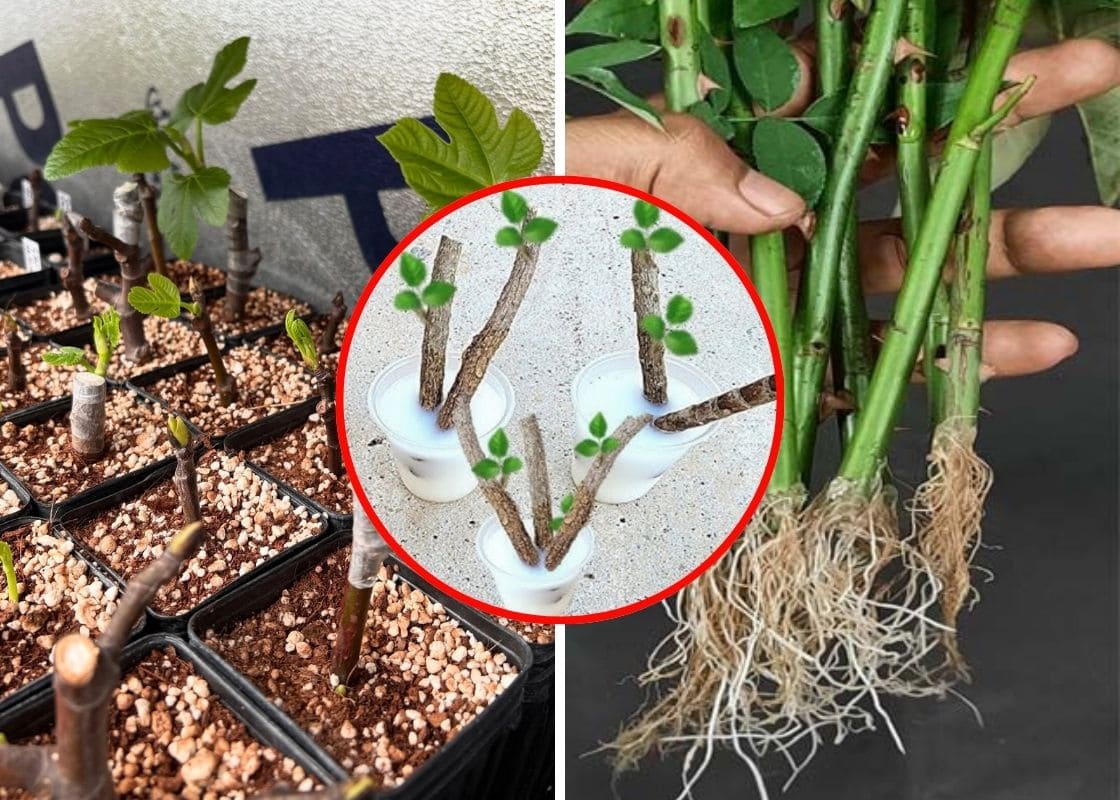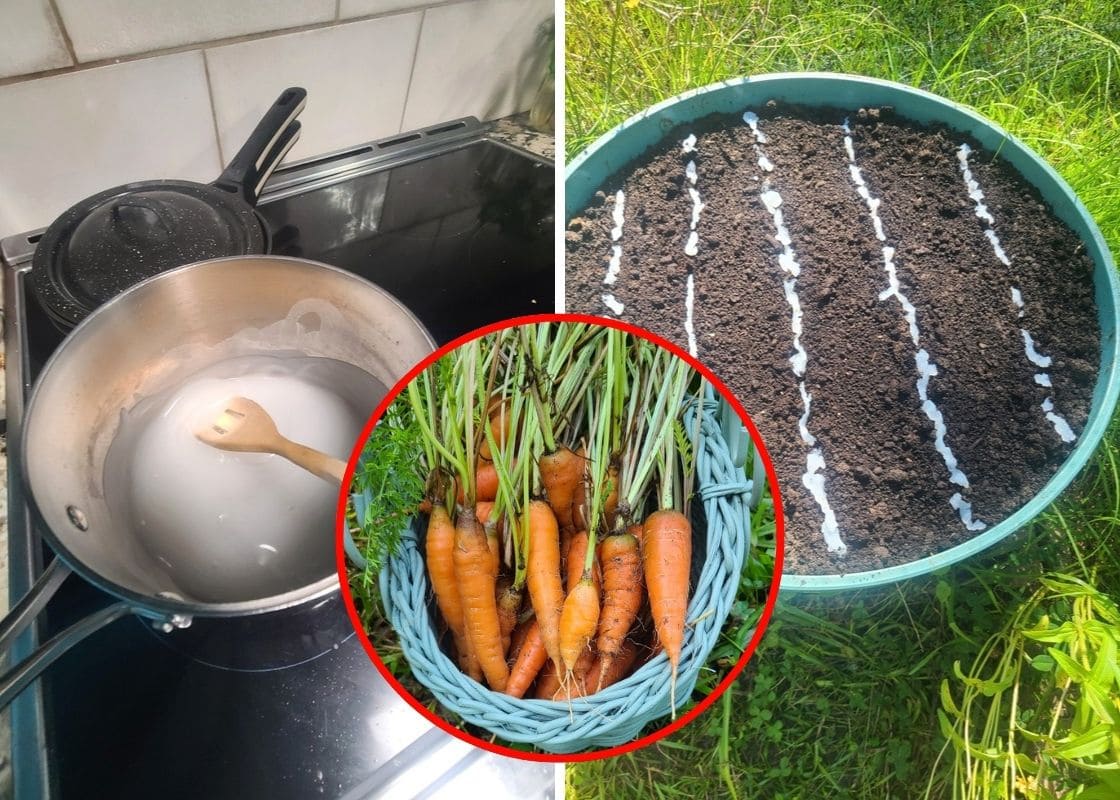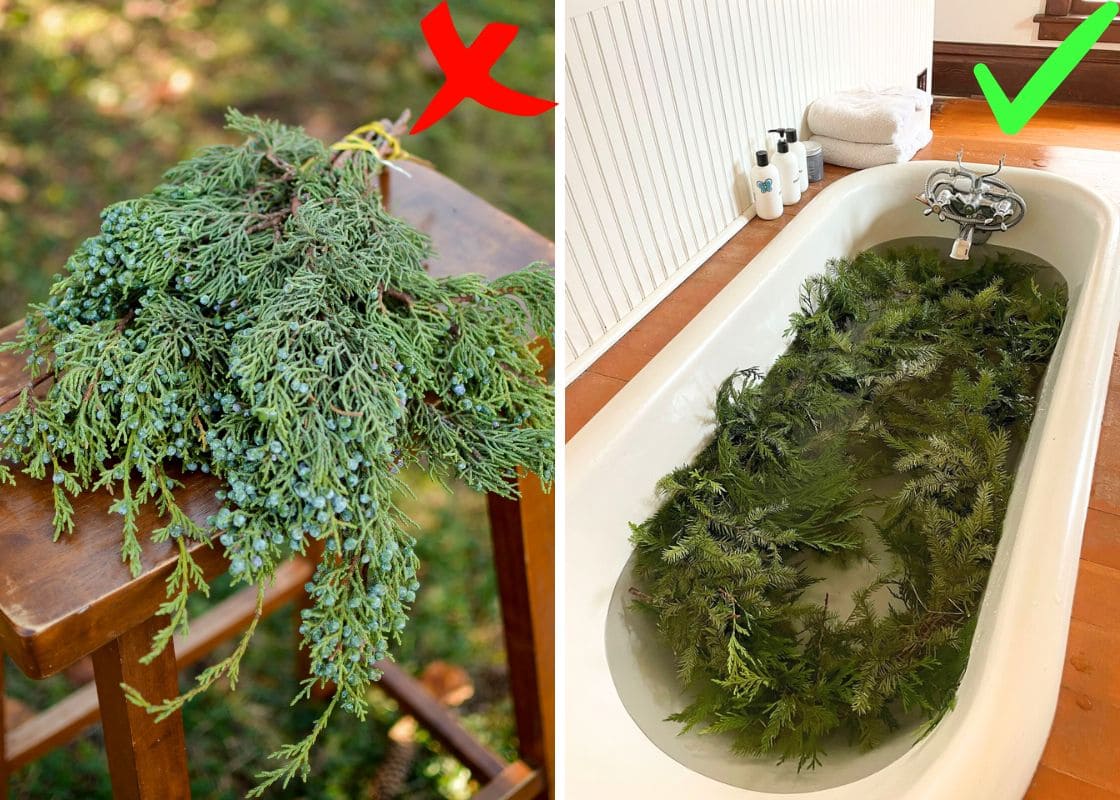There’s something undeniably magical about chrysanthemums in the fall. Their rich colors, full blooms, and cheerful shapes bring life to porches and gardens as the air turns crisp.
But for many new gardeners, that beauty doesn’t last as long as they’d hoped. One frost, a missed watering, or just time passing and suddenly those once-vibrant flowers look tired and faded.
However, with the right care, your mums can keep blooming beautifully for weeks longer.
1. Choose the Right Type of Mum
If you’ve ever felt frustrated by mums that seem to bloom and fade within a week or two, the problem might not be how you cared for them, it might be what kind you bought.
There are two primary types of chrysanthemums available in garden centers during the fall season: florist mums and hardy garden mums.
Florist mums, also known as exhibition mums, are grown in greenhouses and are often meant for short-term indoor display. They may look lush and full in the store, but they typically aren’t bred to survive outdoors or produce long-lasting blooms.
What you want instead are hardy garden mums, often labeled as perennial mums or hardy mums. These are more resilient and well-suited to fall weather.
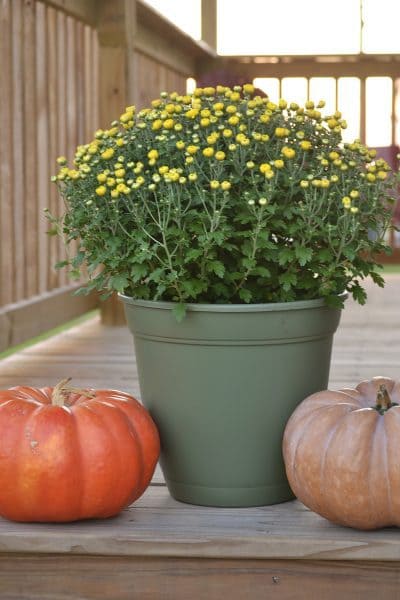
When planted in the ground early enough, ideally in spring or summer, they can establish strong root systems that support a longer bloom period come fall.
The University of Minnesota Extension highlights that early planting dramatically improves overwintering success and extends flowering duration. So, whenever possible, give your mums a head start.
2. Deadhead Mums to Keep Buds Coming

When you allow faded flowers to remain, the plant naturally begins to shift energy into seed production.
But when you remove those dying blooms, snipping them back to just above a healthy leaf or bud, you redirect that energy back into producing new flower heads.
It’s best to check your mums every few days during their blooming period. As flowers begin to brown and curl, gently remove them using clean pruning shears or even your fingers.
The process is quick and surprisingly rewarding. Many experienced gardeners report two to three extra weeks of blooms by consistently deadheading.
This habit also prevents diseases from developing in decaying petals, which can affect nearby buds.
In short, regular deadheading encourages the plant to keep flowering, keeps the foliage healthy, and extends the overall visual impact.
3. Water and Feed With Purpose
Mums dislike both extremes: soggy soil leads to root rot, while dry soil can stress the plant and reduce flowering.
The best strategy is to water deeply, only when the top inch of soil begins to feel dry. Let the water soak into the roots fully, but never allow the plant to sit in standing water.
For container-grown mums, always check for proper drainage, and empty saucers beneath pots after watering.
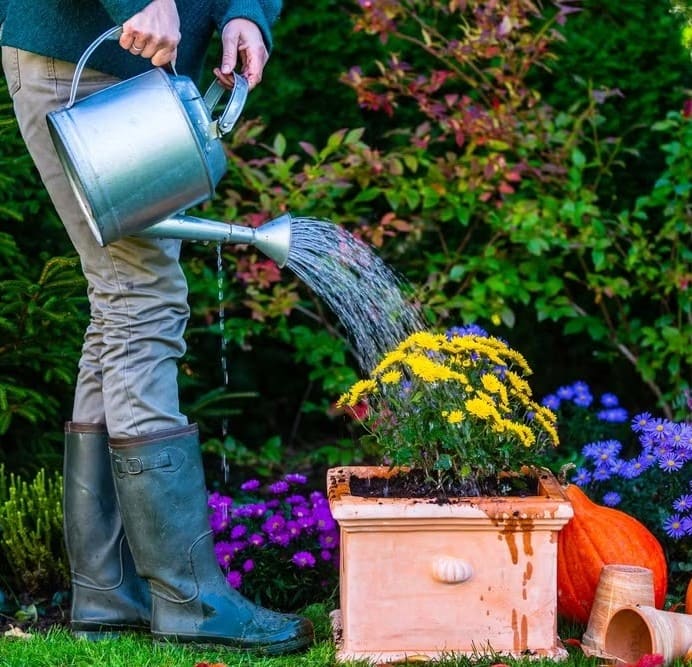
Consistent watering during bloom season keeps the plant vigorous, but nutrients are equally important.
When buds begin forming, those tight green balls before they open, a one-time application of bone meal can make a big difference.
Bone meal is a slow-release phosphorus source, ideal for promoting flower production without stimulating too much leafy growth.
Just sprinkle a small amount around the base of each plant, gently mix it into the top layer of soil, and water it in thoroughly.
If you’re growing mums in pots and want to supplement further, consider an occasional low-nitrogen, bloom-boosting liquid fertilizer every two weeks but avoid high-nitrogen feeds during blooming.
4. Protect Against Early Frost
One of the biggest threats to fall mums is an early frost. Even a brief dip to 32°F can damage petals and end the bloom cycle prematurely.
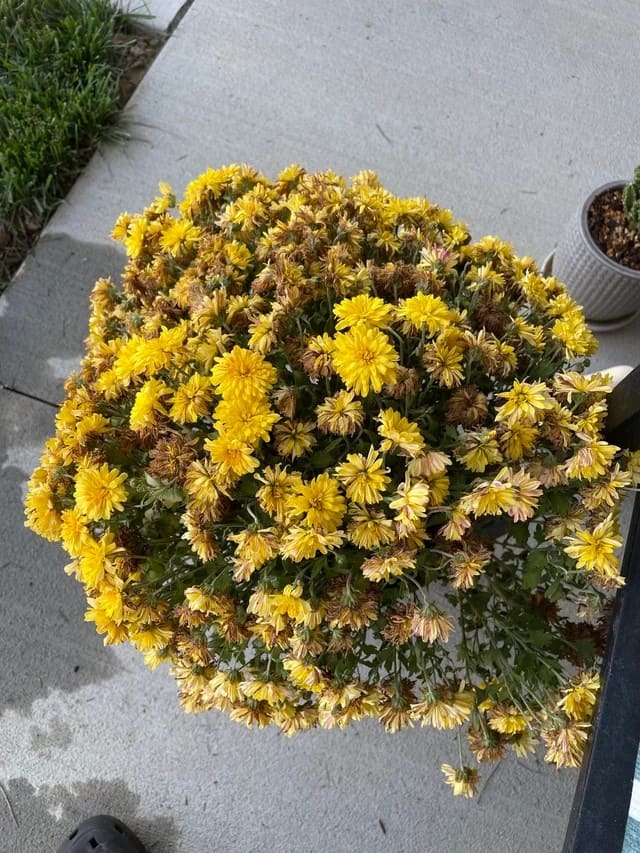
As temperatures begin to cool, keep a close eye on your local forecast. When frost is predicted, cover garden mums overnight with lightweight fabric such as bedsheets or frost cloths.
These coverings help trap heat and can raise the surrounding air temperature by a few degrees, often enough to prevent freeze damage.
Make sure to remove the covers in the morning once the air warms, allowing sunlight and air circulation to reach the plant again.
If your mums are in pots, you have even more flexibility. Simply move them indoors overnight to a garage, covered porch, or even a hallway, then return them outdoors during the day.
By taking these small precautions, you may gain several extra weeks of color, especially in climates where early frosts are short-lived.
Closing Thoughts
By choosing hardy varieties, deadheading regularly, watering deeply, enriching the soil with the right nutrients, and guarding against cold, you’ll keep your fall chrysanthemums blooming far longer than the average porch pot.
These aren’t gimmicks, they’re proven strategies supported by university research and decades of gardener experience.
Whether you’re decorating your doorstep or building a fall garden bed, your mums deserve a chance to shine for as long as possible.
Read more: Chrysanthemum vs Dahlia: What Are The Differences?
